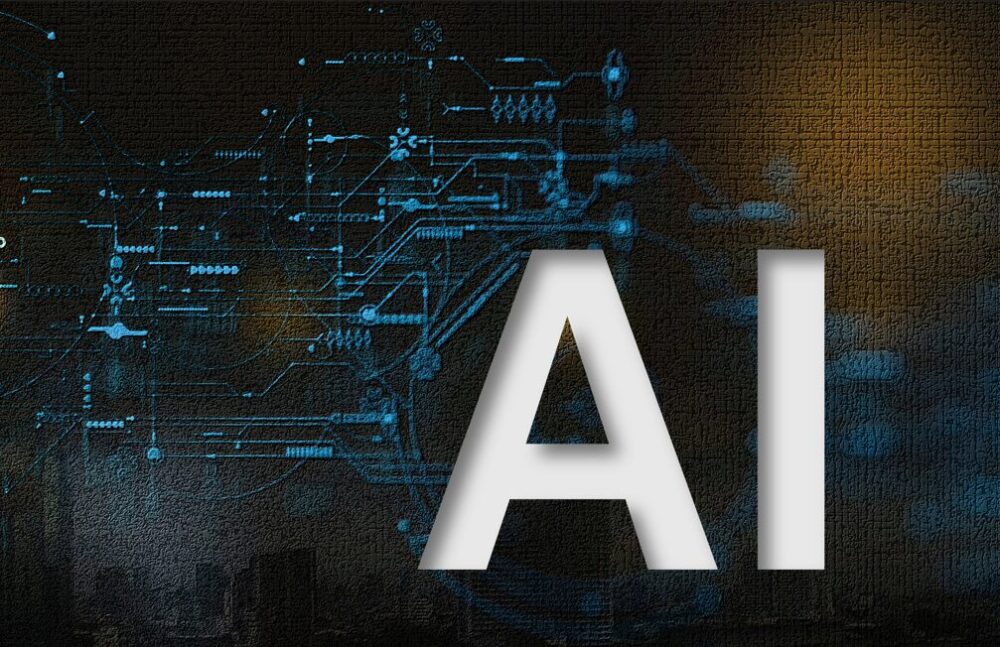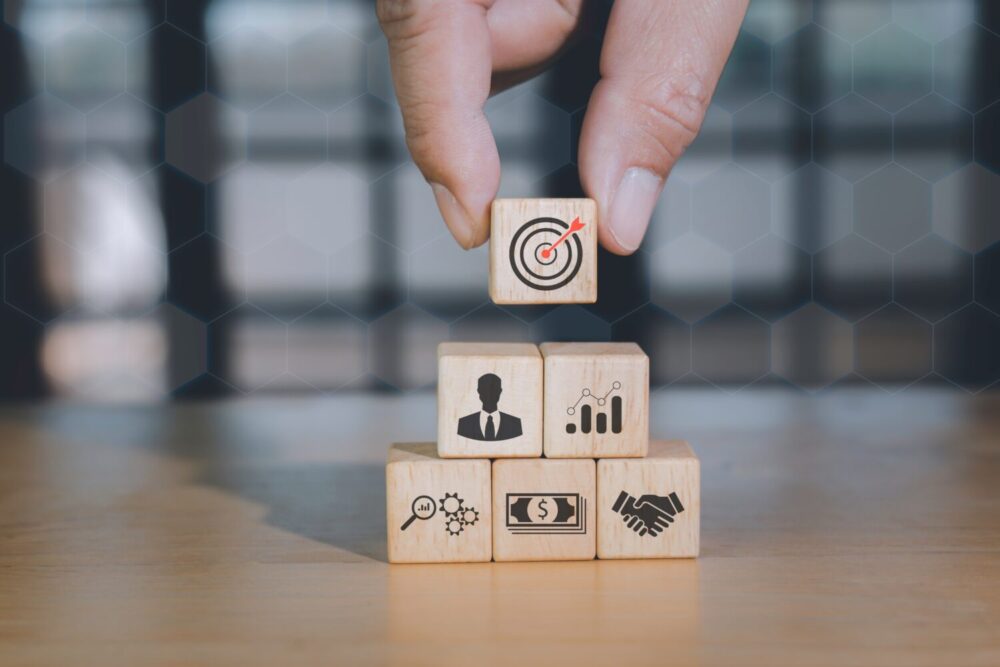Non-profit organizations strive to create a positive impact on society by addressing social, environmental, and humanitarian challenges. It is becoming increasingly harder to generate the necessary donations to meet their constituents’ growing needs. Look-alike models can help non-profits navigate these challenges to connect and attract new supporters.
Understanding Look-alike Models
Look-alike models, also known as similarity or clone models, utilize data analysis techniques to identify individuals or groups who exhibit similar characteristics to the best patrons. Look-alike models are built upon the concept that individuals who share common traits or behaviors with a known target audience are more likely to exhibit comparable preferences or respond positively to similar engagement strategies.
How Can Look-alike Models Benefit Non-Profits
- Enhanced Donor Acquisition:
Non-profits heavily rely on fundraising to sustain their operations. Non-profits can identify new potential donors that may not have otherwise found, tapping into new sources to expanding their reach to individuals who are more inclined to support the organization.
- Tailored Messaging and Personalization:
Every non-profit has a unique mission and communicates with its unique and diverse audiences. By understanding the shared characteristics of their existing supporters, non-profits can create tailored content and initiatives, fostering deeper connections and engagement with their audience.
- Effective Resource Allocation:
Limited resources, including time, staff, and operating budget, are common challenges faced by non-profits. By identifying individuals who closely resemble their existing beneficiaries, organizations can optimize resource allocation by prioritizing efforts where they are likely to yield the greatest impact. This allows non-profits to focus their strategies, services, and assistance on those who are most likely to benefit.
Look-alike models are becoming increasingly popular among non-profits as a way to maximize impact and reach. Leveraging the power of data and machine learning, non-profits can identify and connect with potential donors who are most likely to support their mission.




